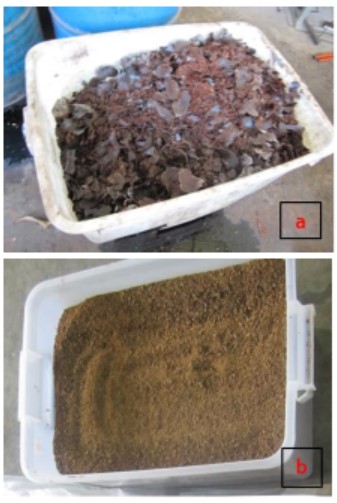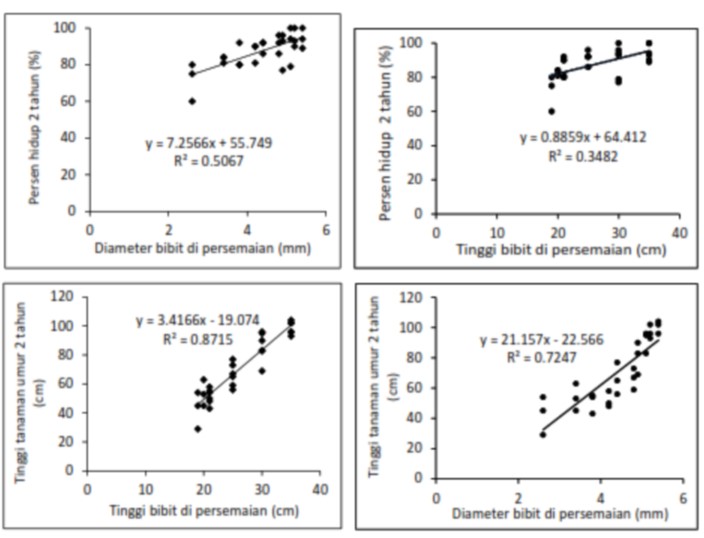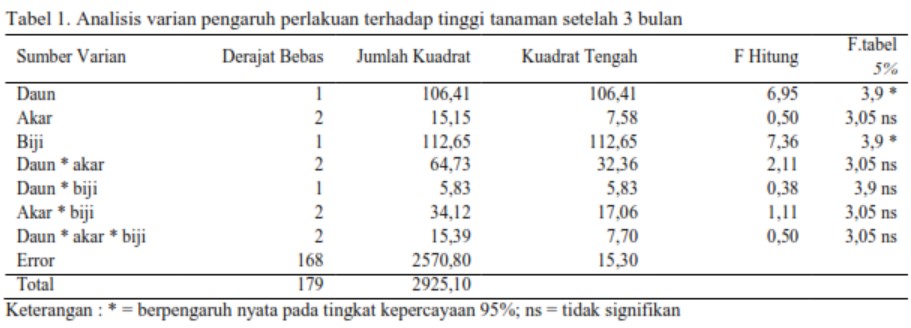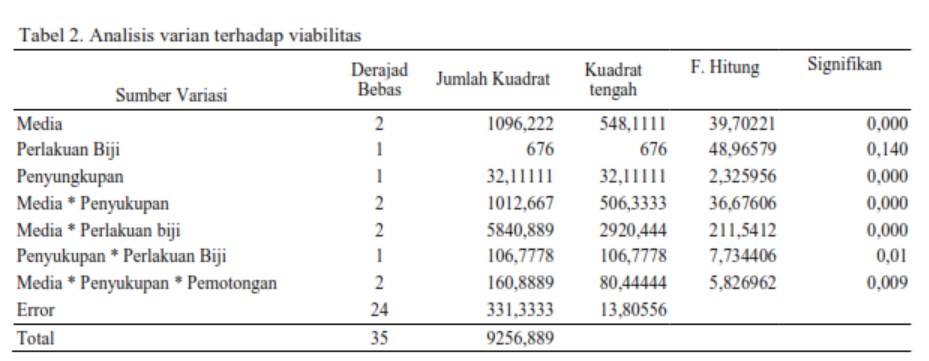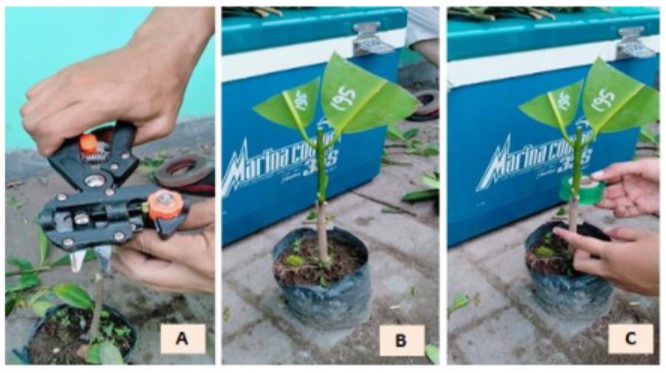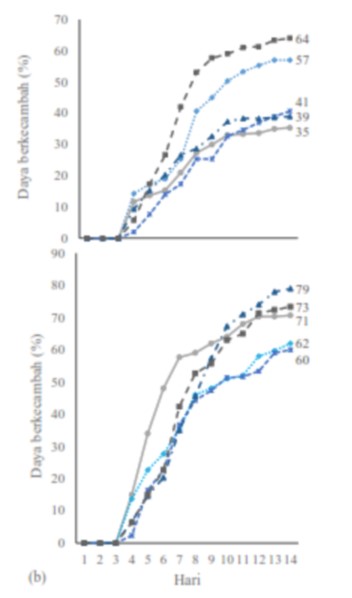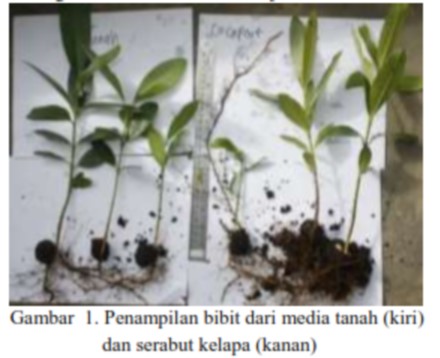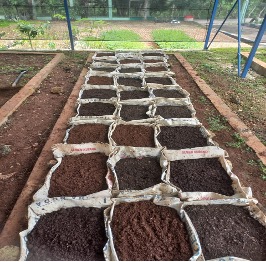The Invigoration Techniques of Nyamplung (Calophyllum inophyllum L.) Seeds During the Storage
Abstract
Nyamplung (Calophyllum inophyllum L.) is one of forestry plant that has double benefits (economic and ecological). One of the problems faced in the development of nyamplung is its recalcitrant seed, which can not be stored for long periods. To increase the viability of nyamplung seed during storage, seed invigoration techniques are required. Invigoration is the treatment given to seeds before planting with the aim of improving germination and growth of sprouts. The purpose of this research is to know the proper invigoration technique on nyamplung seed during storage. The experimental design of the research was used Completely Randomized Design (CRDL) with factorial. There are 2 factors treatments: the first factor of: Invigoration treatment (control, osmoconditioning with soaking in aquades for 24 hours, osmoconditioning with immersion in PEG-6000 concentration 15 % for 24 hours, matriconditioning with moisture of newspaper (CD) for 2 hours, and matriconditioning with moisture ash scrub for 2 hours) and savings period factor the second factor of period of storage (0, 1, and 2 months). The research was conducted with replication is 4 times, @ each with 50 seeds of seed. The observation of germination is done after normal sprout growth, which it has of a pair of leaves. The parameters observed were germination and germination rate. The results showed that the proper invigoration technique on nyamplung seed during storage was the treatment of matriconditioning with moisture of newspaper (CD) for 2 hours. With this treatment it can increase the viability of seed nyamplung (germination) at 42 % and vigor seed (germination rate) at 0,56 % /etmal. results at the end of the abstract. The longer the storage period will cause the value of germination and the speed of germination to decrease.
Copyright (c) 2020 Jurnal Wasian

This work is licensed under a Creative Commons Attribution-NonCommercial 4.0 International License.
Copyright and License
All articles published in Wasian Journal are the property of the authors. By submitting an article to Wasian Journal, authors agree to the following terms:
-
Copyright Ownership: The author(s) retain copyright and full publishing rights without restrictions. Authors grant the journal the right to publish the work first and to distribute it as open access under a Creative Commons Attribution 4.0 International License (CC BY 4.0).
-
Licensing: Articles published in Wasian Journal are licensed under a Creative Commons Attribution 4.0 International License (CC BY 4.0). This license allows others to share, copy, and redistribute the material in any medium or format, and adapt, remix, transform, and build upon the material for any purpose, even commercially, provided that proper credit is given to the original author(s) and the source of the material

This work is licensed under a Creative Commons Attribution 4.0 International License. -
Author's Rights: Authors are permitted and encouraged to post their work online (e.g., in institutional repositories or on their website) prior to and during the submission process, as it can lead to productive exchanges and greater citation of published work.
-
Third-Party Content: If your article contains material (e.g., images, tables, or figures) for which you do not hold copyright, you must obtain permission from the copyright holder to use the material in your article. This permission must include the right for you to grant the journal the rights described above.
-
Reprints and Distribution: Authors have the right to distribute the final published version of their work (e.g., post it to an institutional repository or publish it in a book), provided that the original publication in Wasian Journal is acknowledged.
For the reader you are free to:
- Share — copy and redistribute the material in any medium or format for any purpose, even commercially.
- Adapt — remix, transform, and build upon the material for any purpose, even commercially.
- The licensor cannot revoke these freedoms as long as you follow the license terms.
Under the following terms:
- Attribution — You must give appropriate credit , provide a link to the license, and indicate if changes were made . You may do so in any reasonable manner, but not in any way that suggests the licensor endorses you or your use.
- No additional restrictions — You may not apply legal terms or technological measures that legally restrict others from doing anything the license permits.
Notices:
You do not have to comply with the license for elements of the material in the public domain or where your use is permitted by an applicable exception or limitation .
No warranties are given. The license may not give you all of the permissions necessary for your intended use. For example, other rights such as publicity, privacy, or moral rightsmay limit how you use the material.



